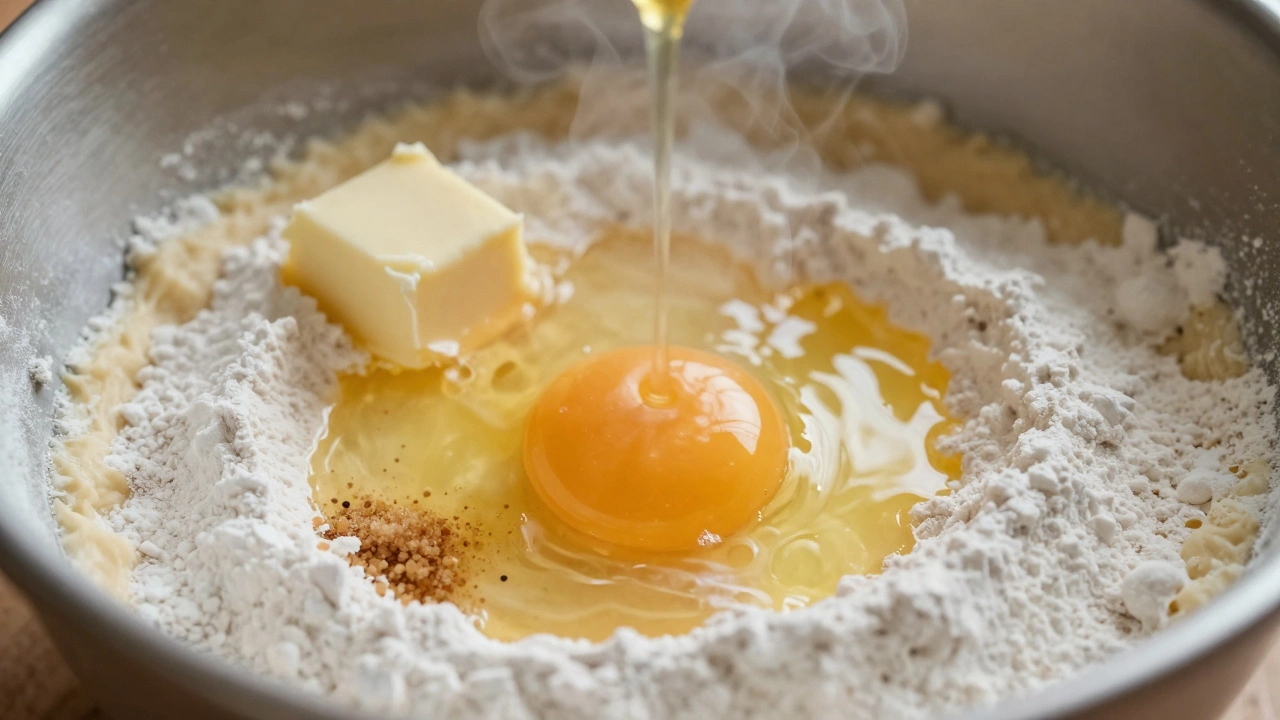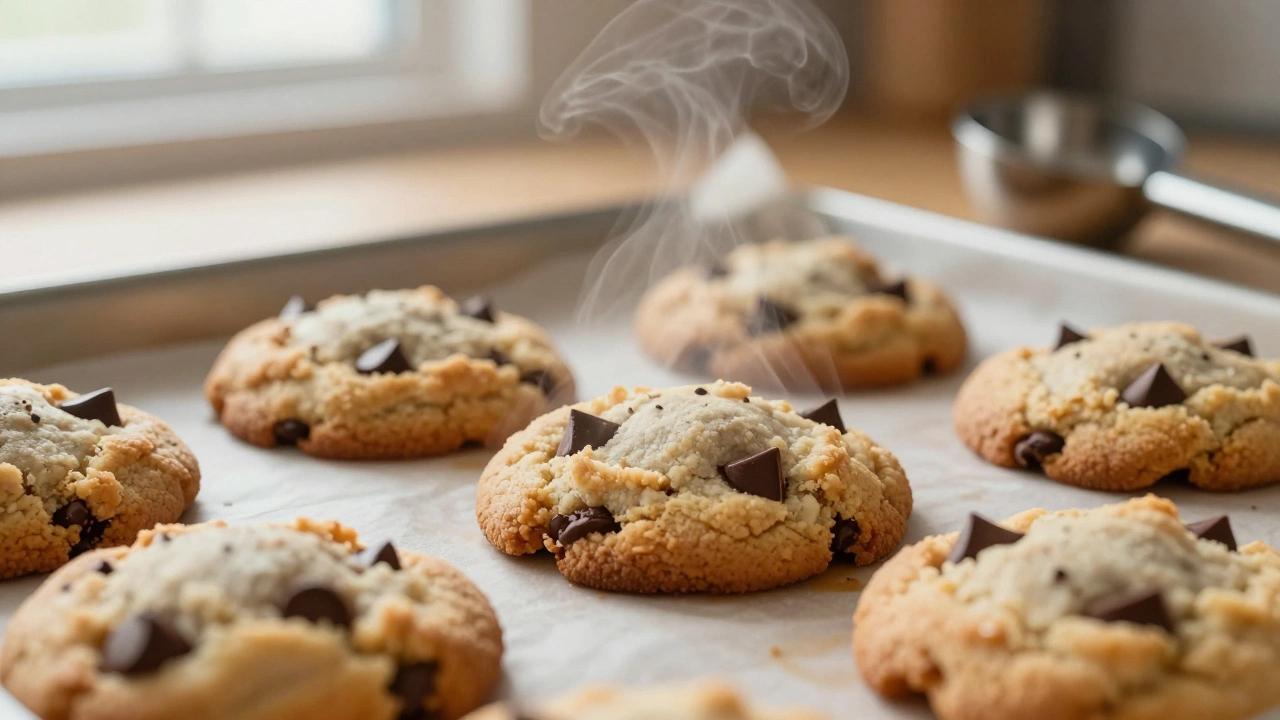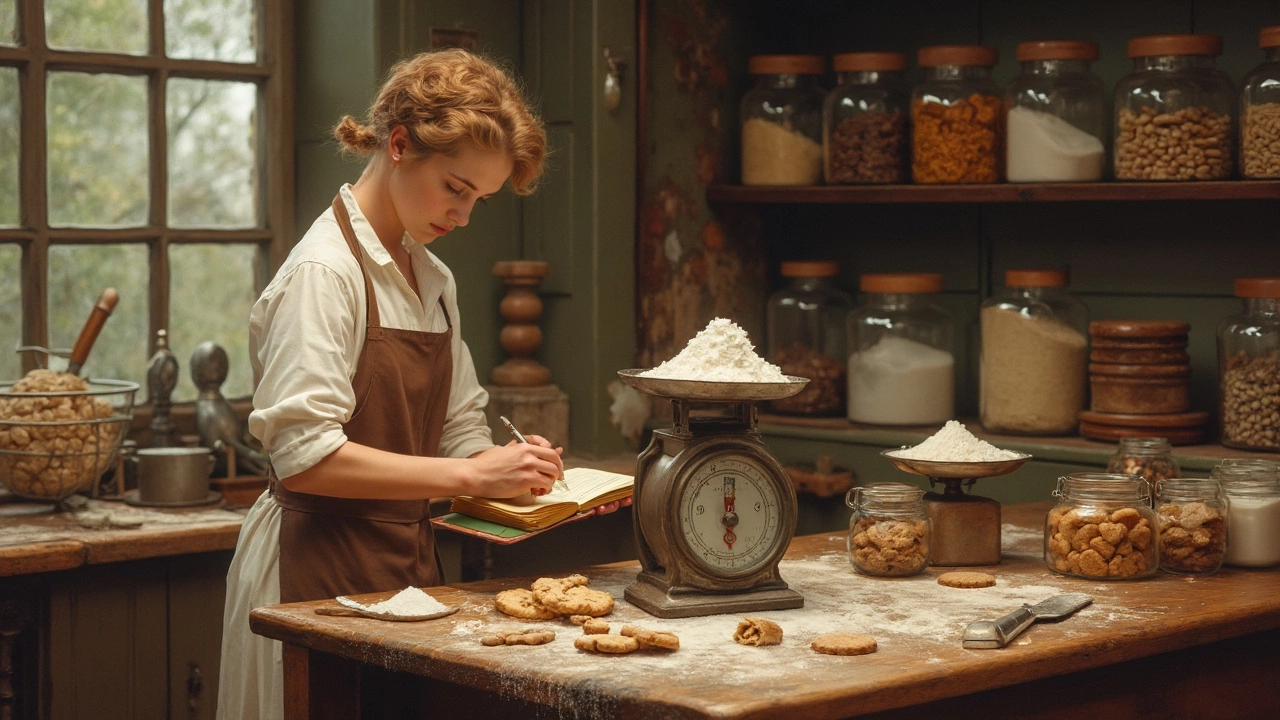
What Makes Cookies Crunchy or Soft? The Science Behind Perfect Texture
Discover the science behind why homemade cookies turn out crunchy or soft. Learn how sugar, fat, flour, and baking temperature control texture for perfect results every time.
Ever bite into a cookie and wish it was a little softer or a bit crunchier? The good news is that texture isn’t a mystery – it’s a set of easy choices you make while mixing and baking. Below you’ll find the most common texture goals and the tweaks that get you there without any fancy equipment.
First, understand the three main players: fat, sugar, and flour. More butter or oil usually makes a cookie spread thin and turn crispy, while less fat keeps it thick and soft. Sugar does the same thing but in reverse – brown sugar adds moisture because of its molasses, giving you a chewy bite, whereas white sugar dries the cookie out for a crisp edge.
Flour is the structure builder. Using too much flour makes a dense, cakey cookie. A light hand creates a tender crumb. The type of flour matters too; all‑purpose works for most recipes, but swapping in a bit of pastry flour can make the crumb softer.
Temperature plays a hidden role. A chilled dough spreads less, so you end up with a thicker, softer center. Baking at a higher temperature for a short time sets the outside fast, creating a crunchy shell while the middle stays chewy.
1. Choose your sugar wisely. Want chewy? Use at least 50% brown sugar. Want crisp? Go all white. A mix of both gives a balanced bite.
2. Adjust the butter. Melted butter spreads more, making thin, crispy cookies. Softened, room‑temperature butter keeps the dough thicker, yielding a softer result.
3. Play with eggs. One extra egg yolk adds richness and softness. Extra egg white dries the cookie out a bit, making it crisper.
4. Chill the dough. Even 30 minutes helps the butter solidify, slowing spread. For ultra‑soft cookies, chill for an hour or more.
5. Mind the bake time. Pull cookies out when the edges are golden but the center still looks a little undercooked. They’ll finish setting as they cool, giving you that perfect chew.
6. Swap the flour. For a fluffier, cake‑like texture, add a spoonful of baking powder. For a denser bite, use a little less flour than the recipe calls for.
Testing is key. Keep a small batch with one change at a time – maybe bake half with brown sugar and half with white sugar. Compare the results and note which texture you like best. Over time you’ll develop a personal cheat sheet for any cookie recipe.
Finally, remember that cookies continue to change after they leave the oven. Store soft cookies in an airtight container with a slice of bread; the bread releases moisture and keeps them tender. For crunchy cookies, a loosely covered tin works best – a little air keeps them crisp.
With these straightforward tweaks, you can dial in any cookie texture you crave. No need for pricey gadgets or exotic ingredients – just a handful of simple adjustments and a bit of experimentation. Happy baking!

Discover the science behind why homemade cookies turn out crunchy or soft. Learn how sugar, fat, flour, and baking temperature control texture for perfect results every time.

Learn the science behind fluffy cookies: the right butter, sugar mix, baking soda, chilling, and oven tricks that turn flat discs into soft, airy treats. No guesswork - just proven steps.

Ever wondered why some cookies turn out pillow-soft while others end up crisp? This article explains the science and tricks behind making soft cookies at home. It covers the importance of ingredients, mixing methods, baking times, and more. Plus—practical tips and mistakes to avoid if you want that perfect chewy bite. Find out what really makes a soft cookie and how you can easily nail it every time.

Learn the real secrets to getting chewy cookies instead of crunchy ones. This guide covers ingredient swaps, mixing tricks, and insider baking hacks that'll help you turn out soft, gooey cookies every time. If you’re tired of dry, crumbly results, you’ll finally understand exactly what needs to change in your recipe and technique. No more guesswork, just tried-and-true advice for perfect chewy cookies. Grab your apron, because chewy cookies are about to become your new thing.

Have you ever wondered what makes some cookies chewy and others crunchy? Discover the secrets behind cookie texture, from ingredients to baking techniques. Learn how different types of sugar, flour, and baking times affect your favorite treat. Dive into practical tips and become a cookie master in your own kitchen!